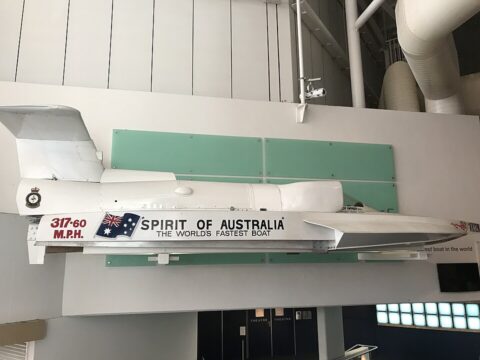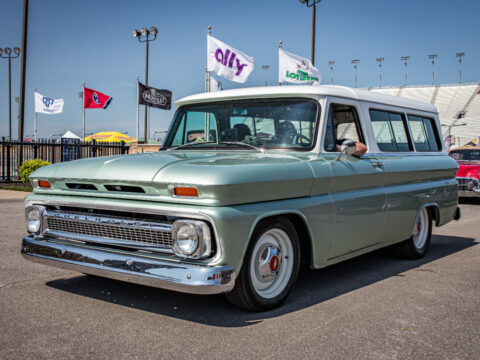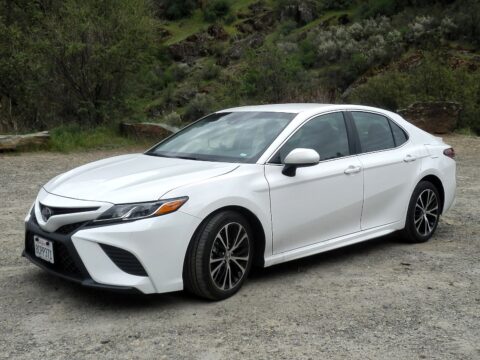As we move through the 2020s, it’s interesting to look back at the 2000s, a decade marked by significant automotive innovation. This era introduced a surge of advanced technology, bringing new levels of performance, style, and functionality to cars. Highlights include groundbreaking sports cars that pushed speed limits and the introduction of eco-friendly hybrids that changed the industry’s direction. This article revisits the iconic vehicles of the 2000s that set new standards and trends.
Contents
2000 Honda S2000
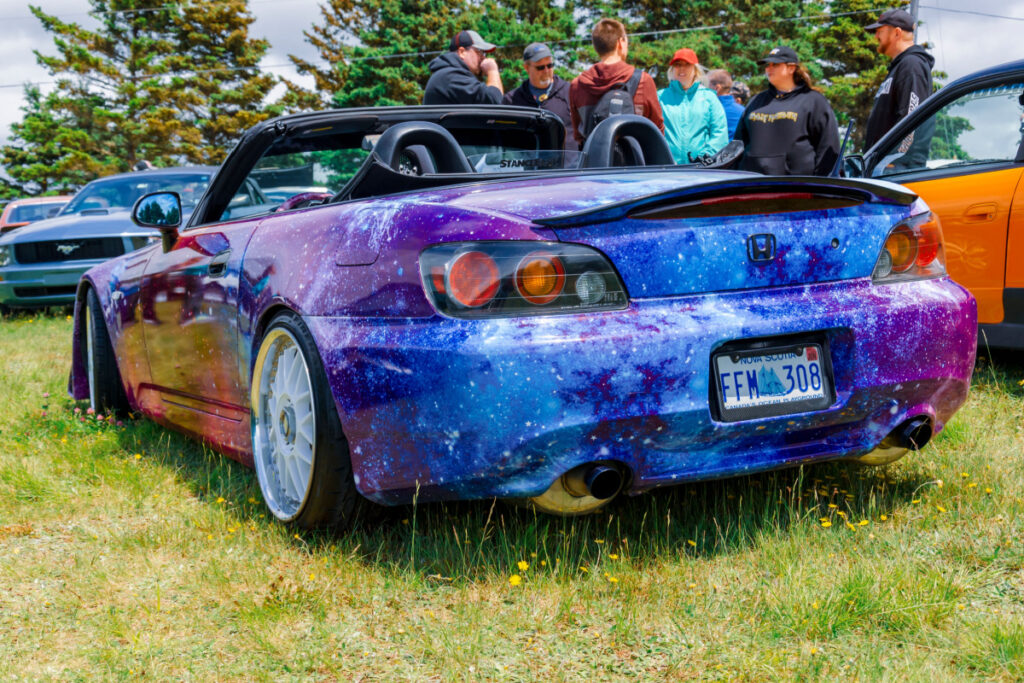
Launched in 1999, the Honda S2000 became an instant classic among car enthusiasts for its sleek looks, high-revving VTEC engine, and balanced rear-wheel-drive dynamics. Its naturally aspirated 2.0L inline-4 engine, producing 237 horsepower, was lauded for its performance, especially given its high redline of 9000 RPM. Over 66,000 units were sold in the United States over its production run, a testament to its popularity.
2002 Subaru Impreza WRX
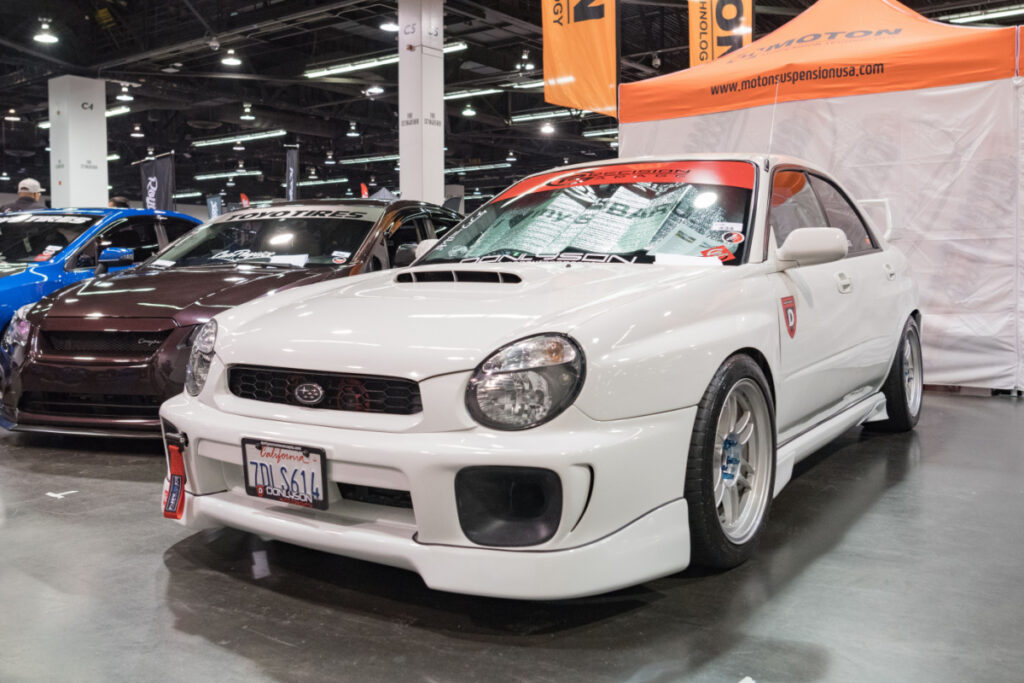
This rally car for the road was first introduced in the US in 2001 and quickly gained a cult following for its impressive all-wheel-drive performance and turbocharged power. Its 2.0L turbocharged engine produced 227 horsepower, enough to thrill any enthusiast. This model was particularly popular, selling nearly 100,000 units in the U.S. during the 2000s.
2003 BMW M3 (E46)
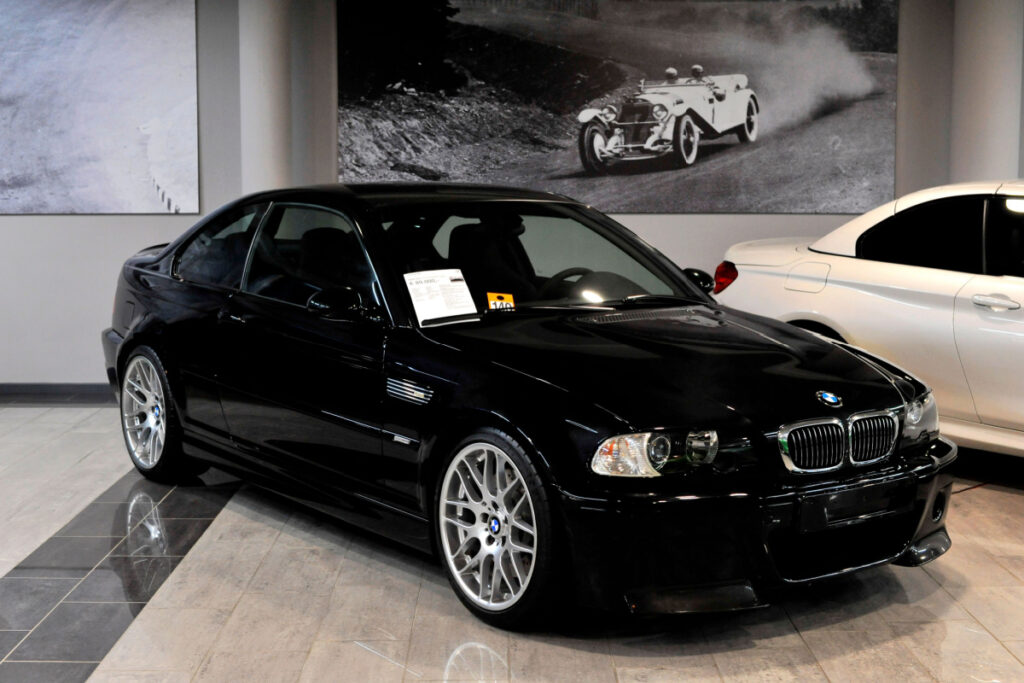
The E46 M3 is considered one of the finest cars BMW has ever made, with a balanced chassis, a powerful naturally aspirated 3.2L inline-6 engine producing 333 horsepower, and iconic looks. The vehicle saw impressive sales during its production run, with BMW selling over 85,000 units globally.
2004 Mazda RX-8
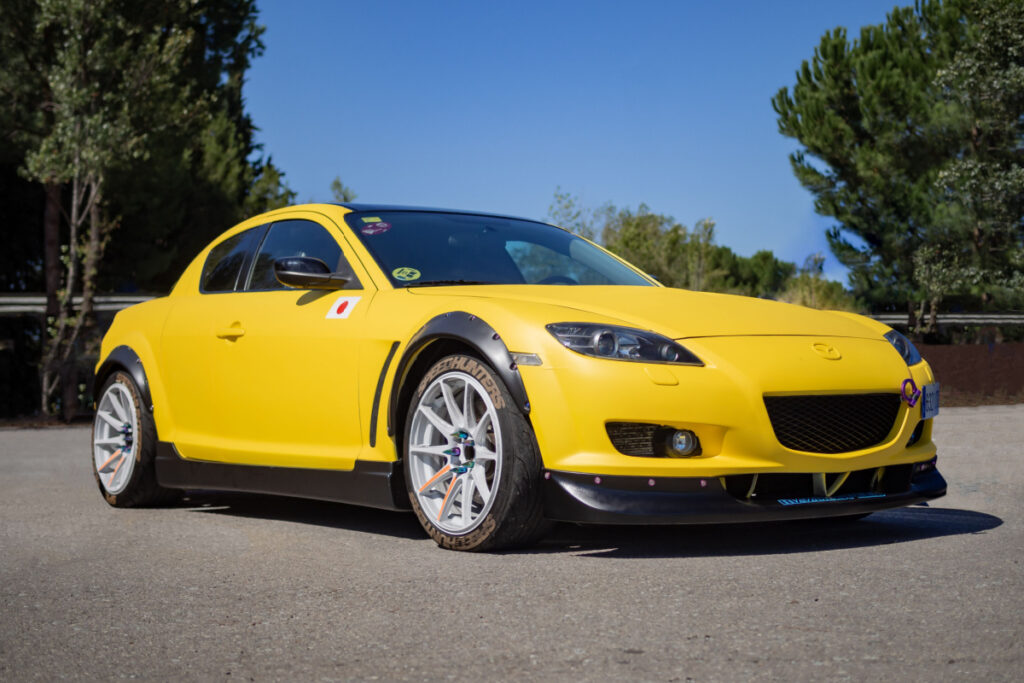
The RX-8 was unique for its rotary engine, high-revving performance, and distinctive “suicide” rear doors. The car’s 1.3L rotary engine produced 238 horsepower, which, when combined with its balanced handling and unique design, appealed to a wide range of buyers. Over 192,000 units were sold worldwide.
2005 Ford GT
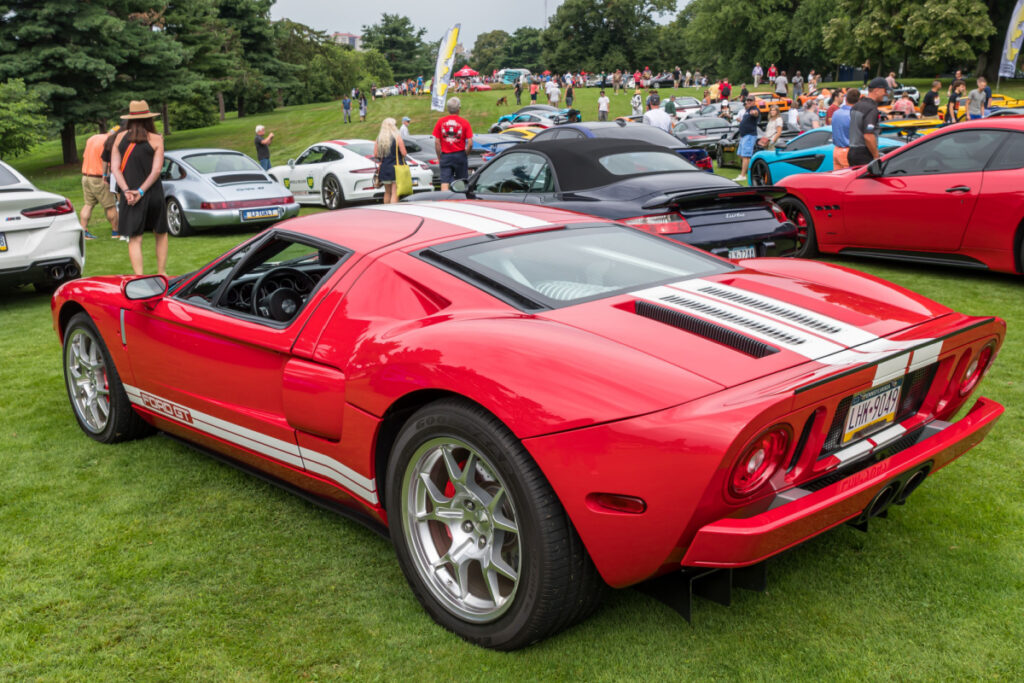
This supercar was a modern homage to the legendary GT40 race car of the 1960s. The Ford GT offered exceptional performance with its supercharged 5.4L V8 engine producing 550 horsepower. Only 4,038 units were produced, making it highly sought after by collectors today.
2007 Chevrolet Corvette Z06 (C6)
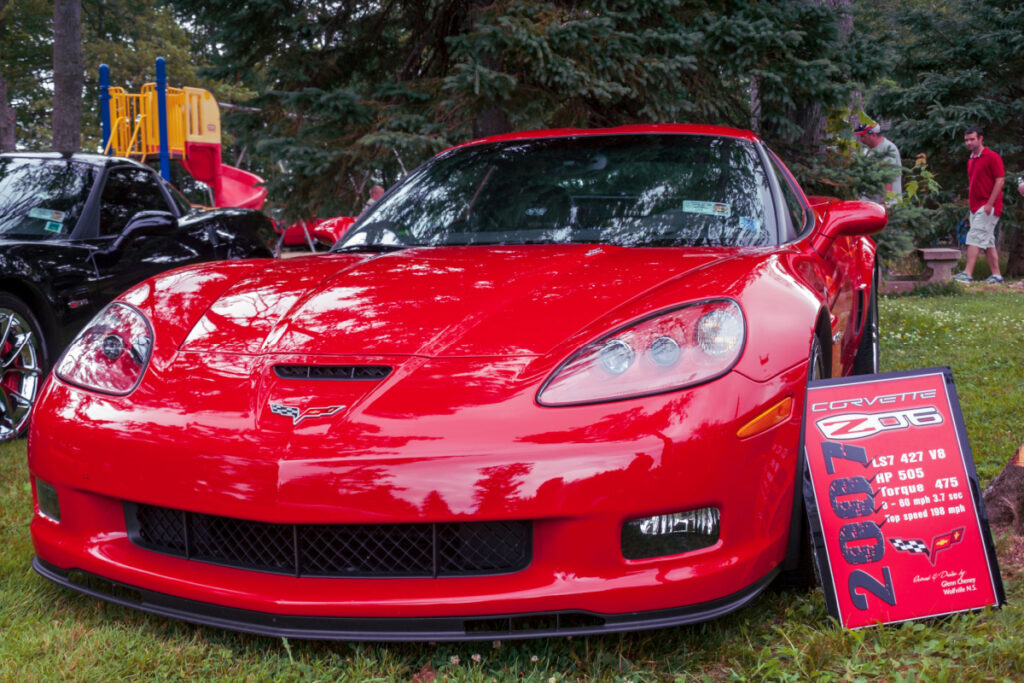
This high-performance version of the Corvette delivered supercar performance at a relatively affordable price. Its 7.0L V8 engine generated 505 horsepower, achieving 0-60 mph in just 3.7 seconds. Chevrolet reported that it sold 28,297 units of the Z06 model during its production run from 2006 to 2013.
2007 Toyota Prius
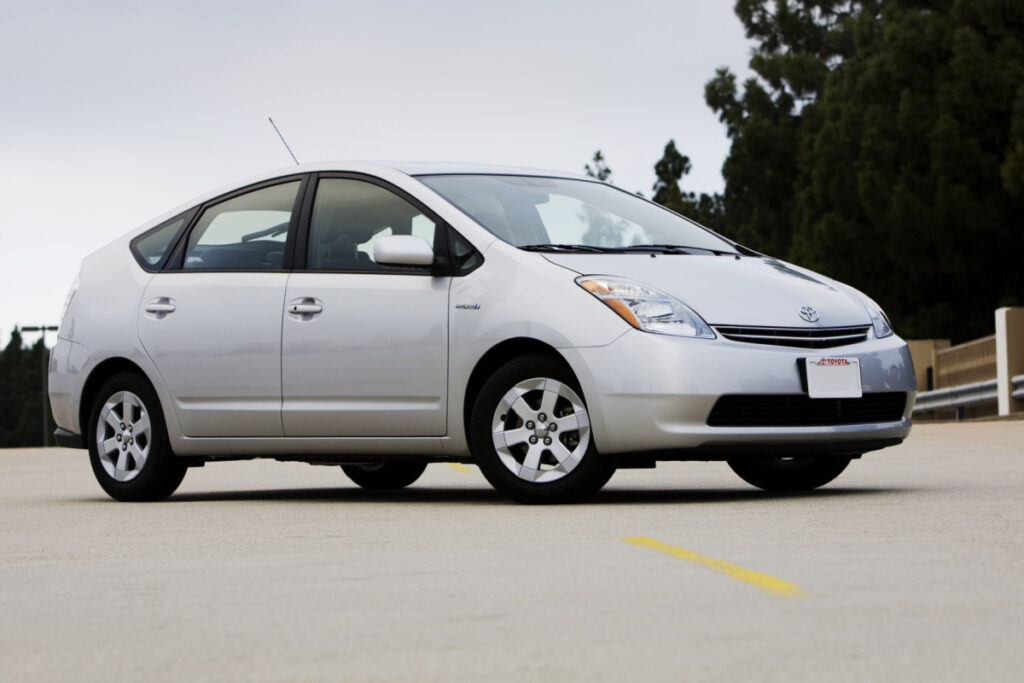
This car became synonymous with hybrid technology in the 2000s. Its impressive fuel economy, reliability, and practicality made it successful. Toyota sold over 1.6 million units of the second-generation Prius worldwide, proving its popularity.
2008 Audi R8
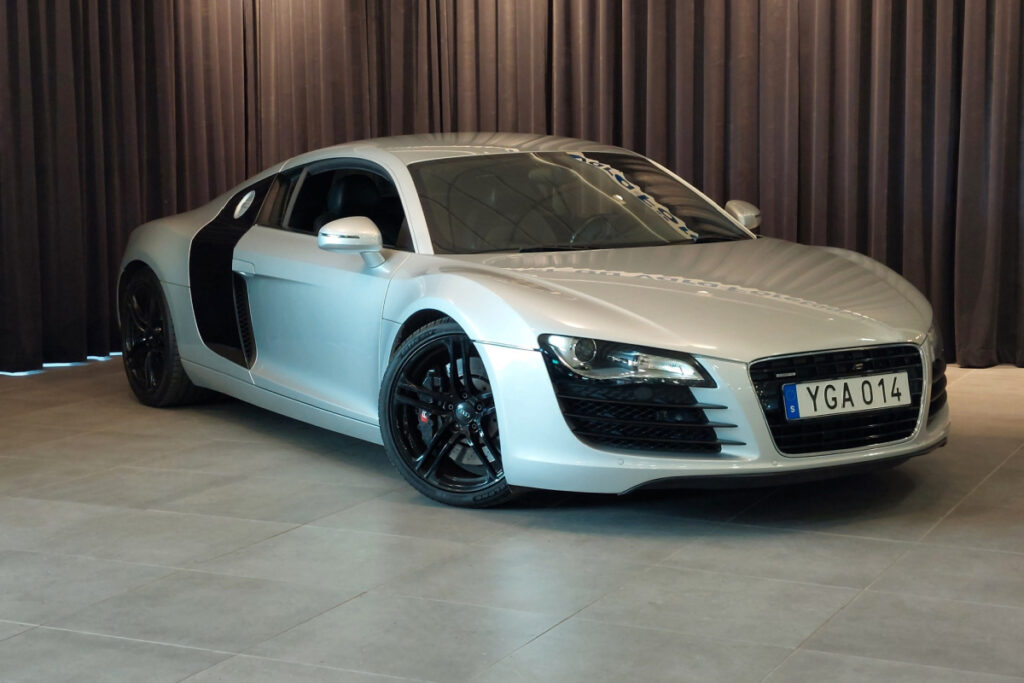
As Audi’s first venture into the supercar segment, the R8 was an instant success for its performance, comfort, and everyday usability. Its 4.2L V8 engine produced 420 horsepower. Between 2007 and 2015, Audi sold more than 26,000 units of the first-generation R8.
2009 Nissan GT-R

Known as “Godzilla,” the GT-R offers supercar performance at a lower price point. Its twin-turbocharged 3.8L V6 engine produces 480 horsepower, helping it achieve 0-60 mph in just 3.5 seconds. Nissan sold over 5,000 units in its first year in the U.S. alone.
2005-2006 Bugatti Veyron 16.4
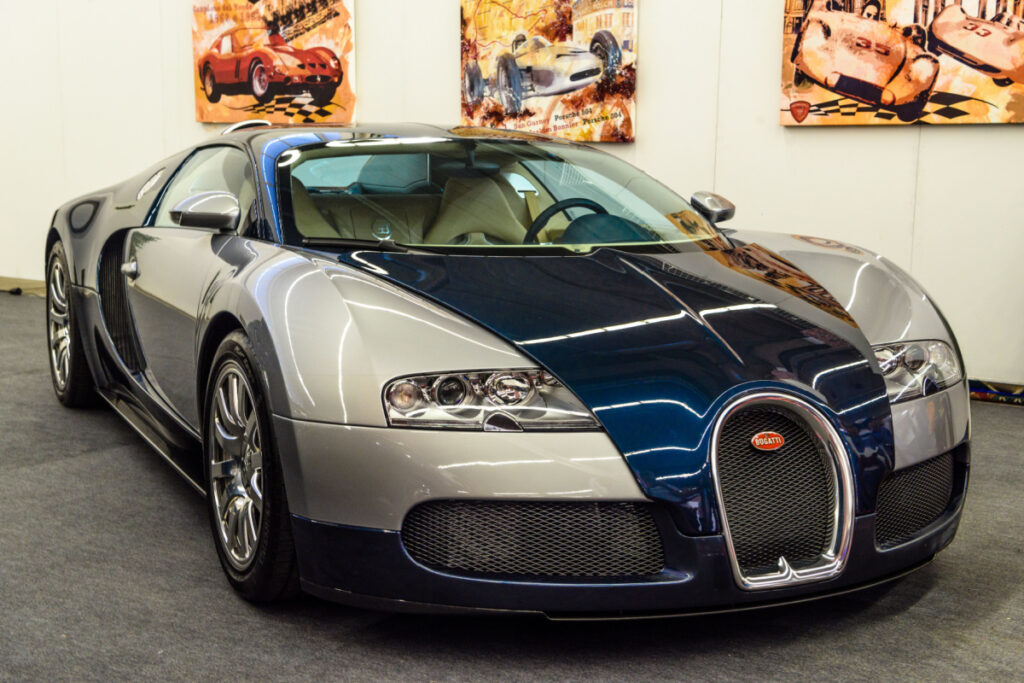
As the fastest production car of its time, the Veyron was a technological marvel. Its quad-turbocharged 8.0L W16 engine produced 1,001 horsepower. Despite its multi-million dollar price tag, Bugatti sold all 300 units of the initial Veyron 16.4 model.
2007 Mini Cooper S

The second-generation Mini Cooper S combined retro styling with modern performance and build quality. Its turbocharged 1.6L inline-4 engine produced 172 horsepower. Despite its compact size, it managed to capture a significant market share, with Mini selling over 230,000 units in the U.S. during the 2000s.
2001 Audi A4 (B6)
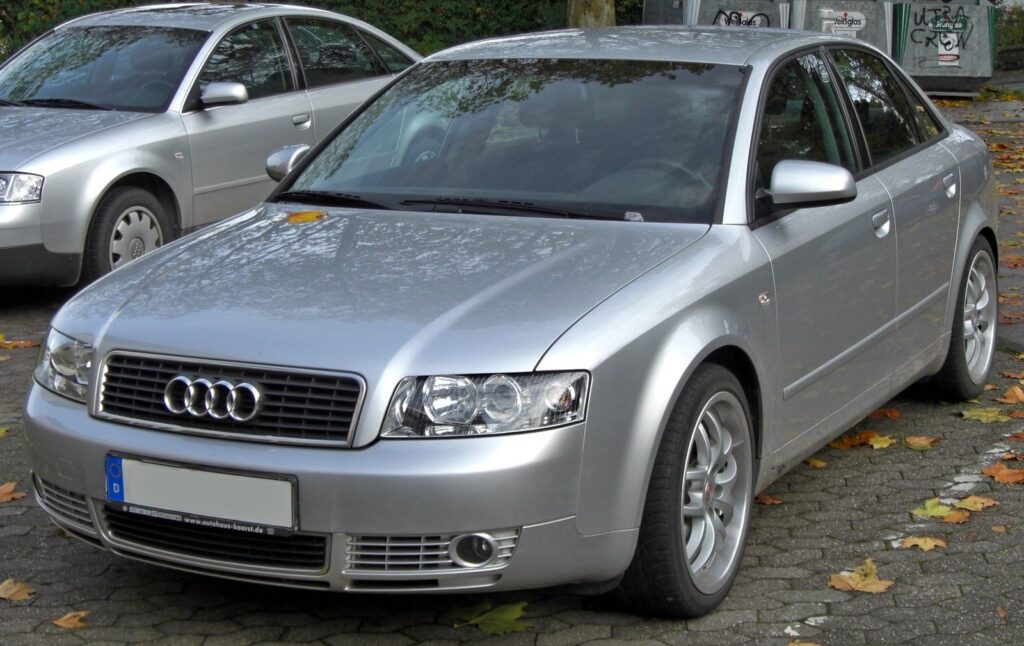
This model represented a leap forward in design and technology, with its sleek styling, improved Quattro all-wheel-drive system, and refined interior. It helped solidify Audi’s reputation for premium quality and performance, appealing to a wide customer base and boosting Audi’s global sales.
2002 BMW 7 Series (E65)

Controversial for its design at the time, the E65 7 Series introduced innovative technology like the iDrive control system. It set new standards for luxury and performance in the full-size sedan segment, influencing future car designs and features.
2003 Mercedes-Benz E-Class (W211)
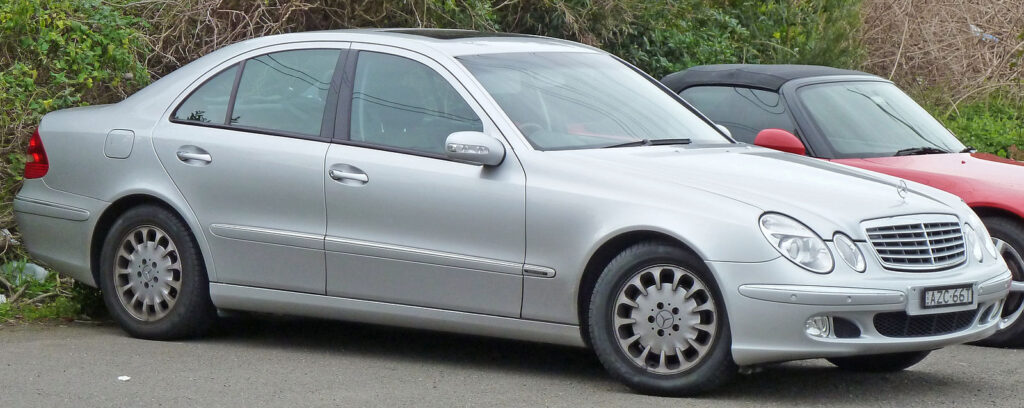
Known for its comfort, safety, and innovation, the W211 E-Class was a favorite among luxury car buyers. It introduced adaptive front lighting and a seven-speed automatic transmission, enhancing driving dynamics and efficiency.
2004 Porsche 911 (997)
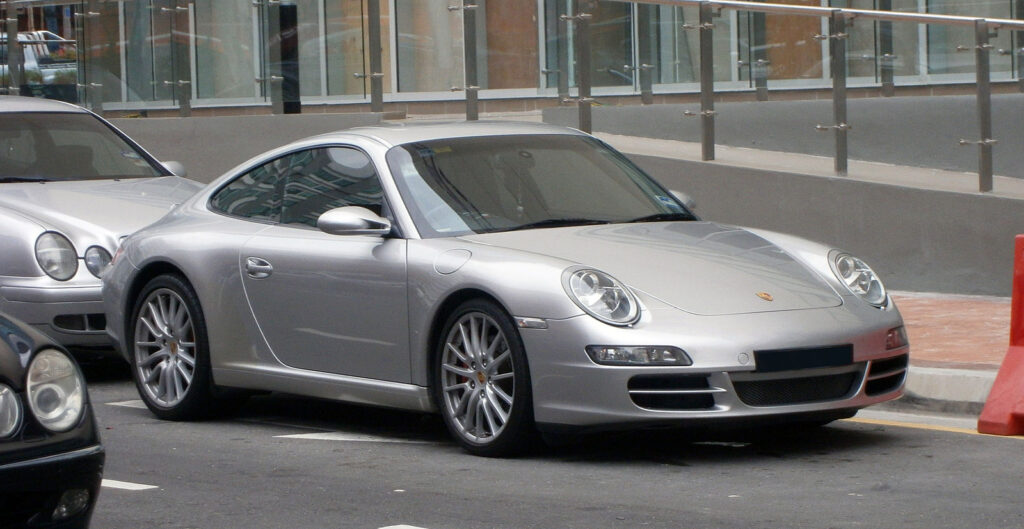
The 997 series refined the 911’s iconic shape and improved its performance and reliability. It offered a wide range of models, from the base Carrera to the turbocharged variants, solidifying its status as a versatile sports car icon.
2005 Aston Martin DB9
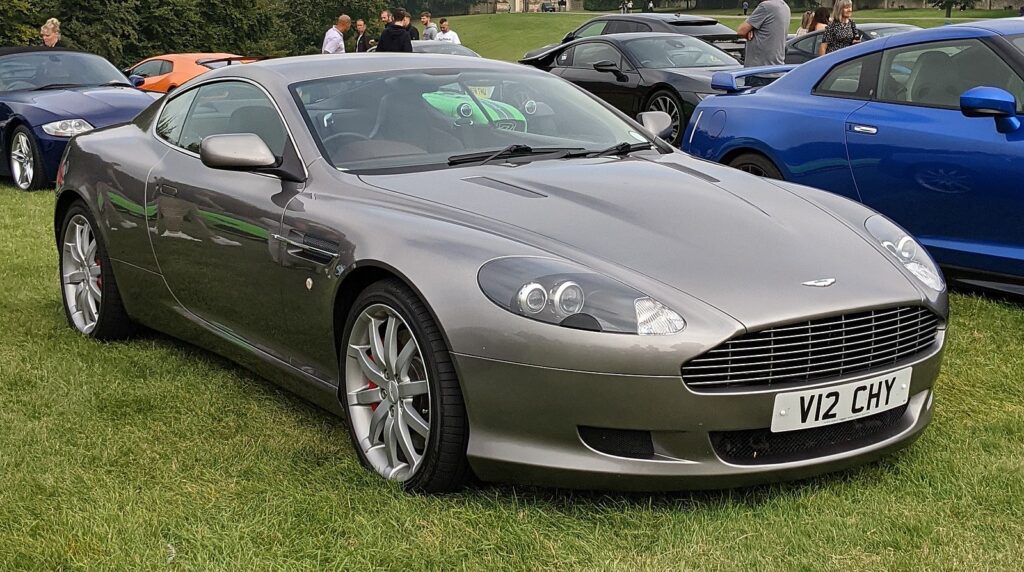
The DB9 was a pivotal model for Aston Martin, combining elegant design, luxurious craftsmanship, and potent performance with its V12 engine. It epitomized the grand touring experience and was a commercial success for the brand.
2006 Lexus IS (Second Generation)
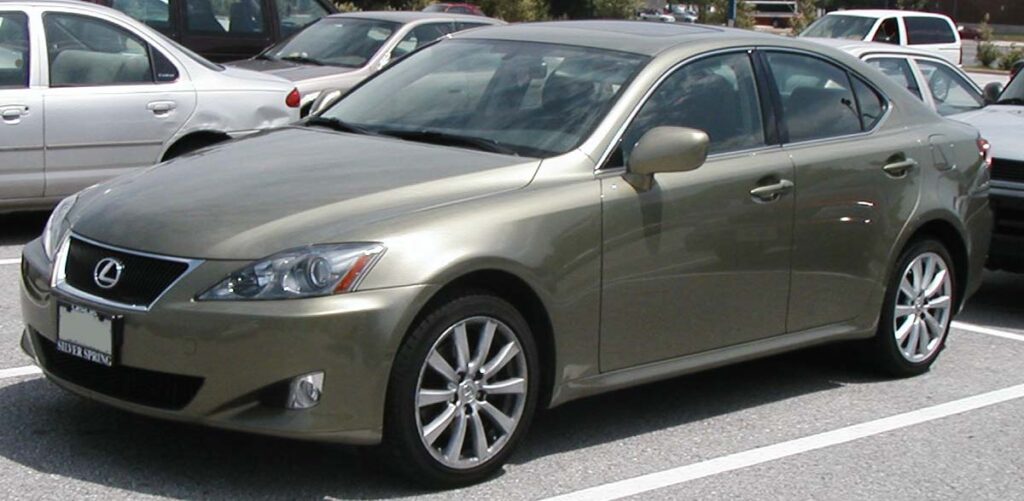
This generation of the Lexus IS was notable for its sharp design, improved performance, and the introduction of the IS F, a high-performance model that competed with European sports sedans, boosting Lexus’ image in the performance market.
2007 Cadillac Escalade

The Escalade became synonymous with luxury SUVs in the 2000s, known for its bold design, powerful V8 engine, and plush interior. It was a cultural icon and a strong seller, reflecting the era’s preference for large, luxurious SUVs.
2008 Mitsubishi Lancer Evolution X
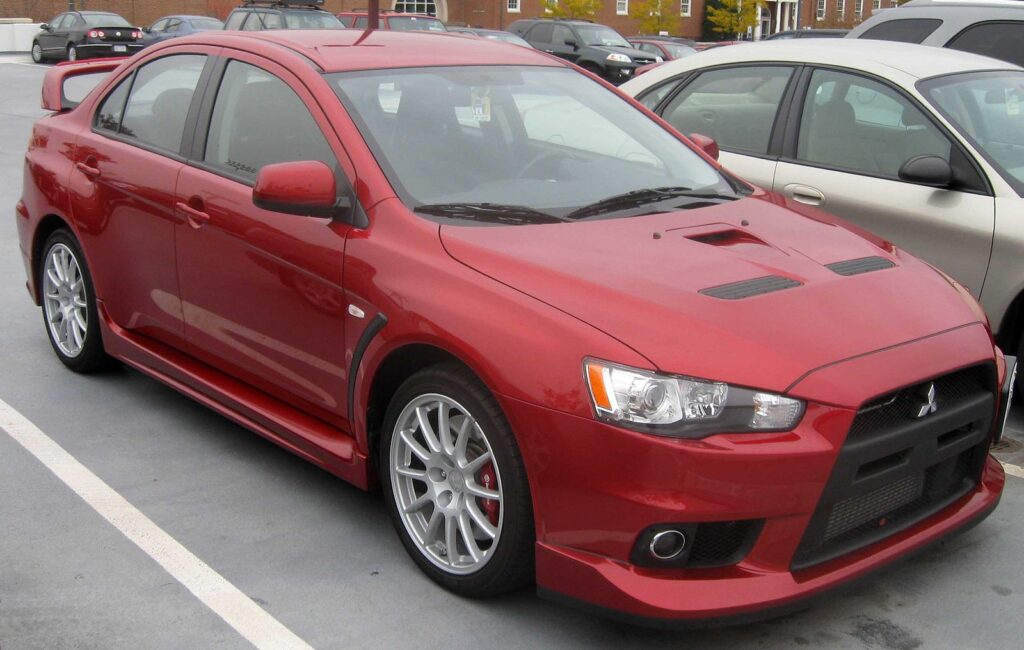
The Evo X was lauded for its thrilling performance, advanced all-wheel-drive system, and aggressive styling. It maintained the model’s rally-inspired heritage and had strong sales among performance enthusiasts.
2009 Hyundai Genesis
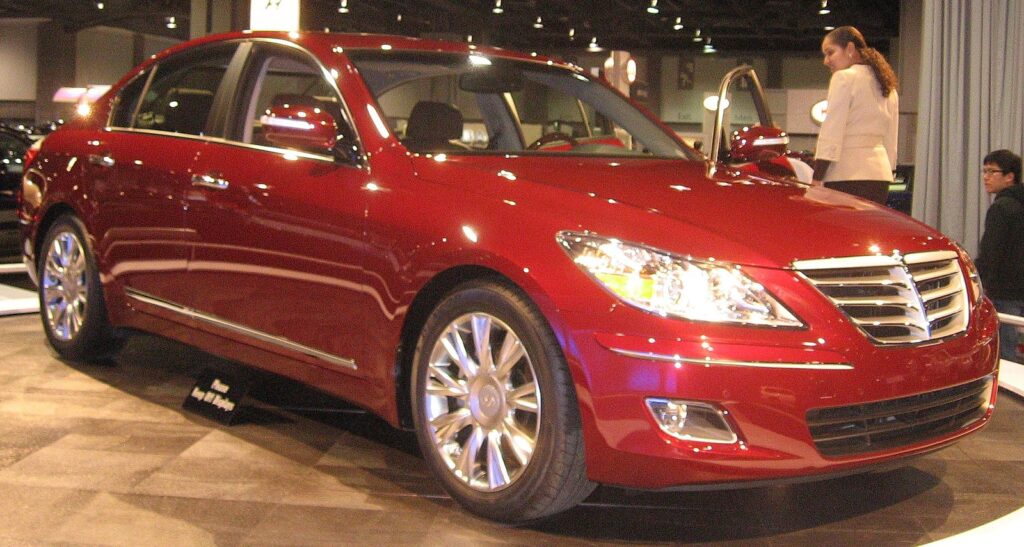
Marking Hyundai’s entry into the luxury market, the Genesis sedan was praised for its refined ride, high-quality interior, and value proposition, challenging the dominance of established luxury brands.
2006 Volkswagen Golf GTI (Mk5)
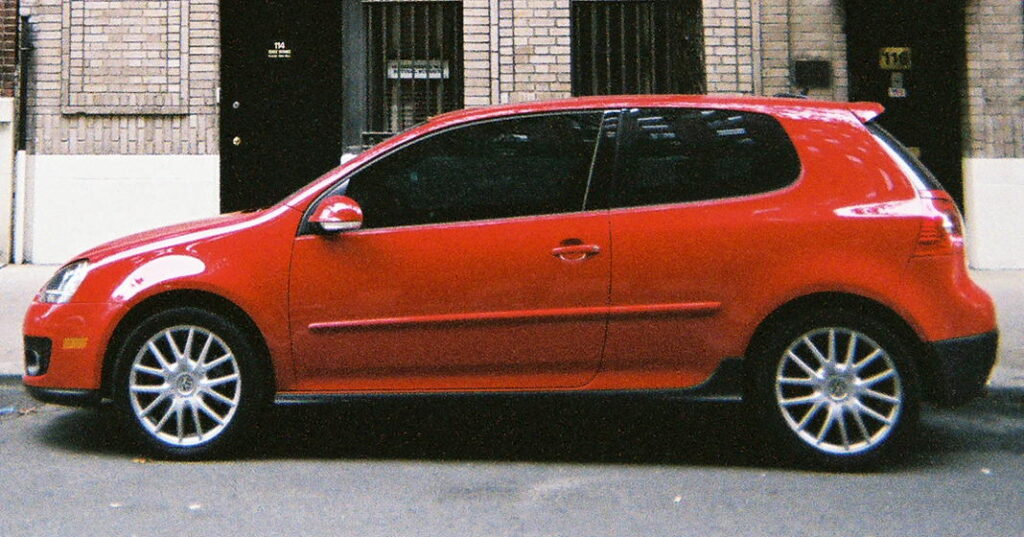
The Mk5 GTI returned to the model’s performance roots with a powerful turbocharged engine and sharp handling. It was critically acclaimed and rejuvenated interest in the hot hatch segment.
2007 Ford Edge
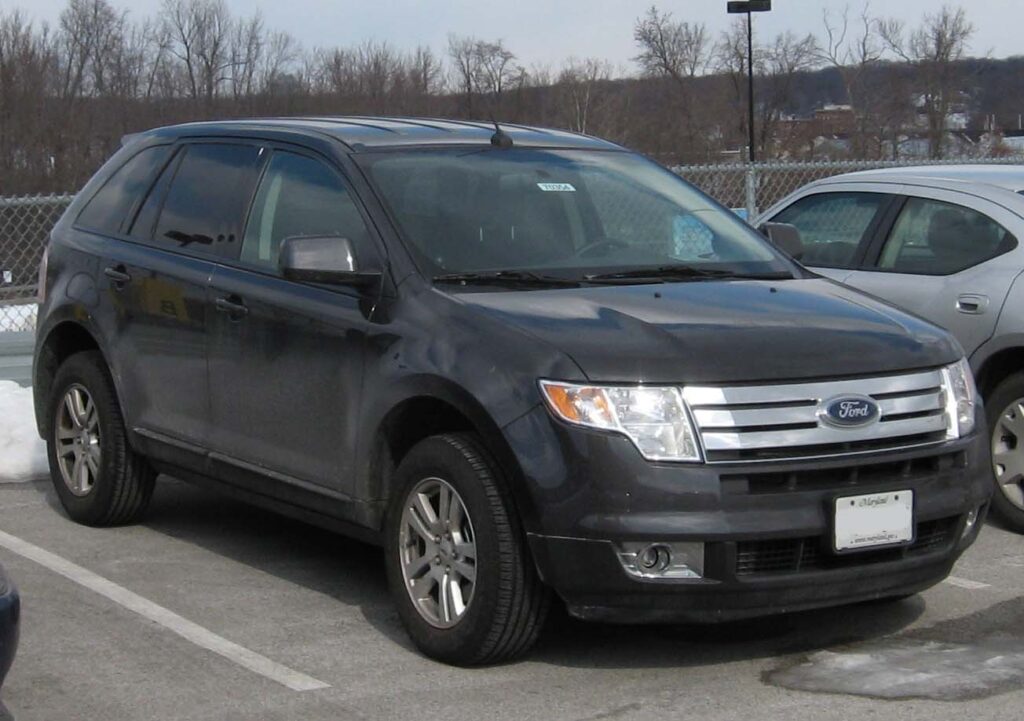
As a mid-size crossover, the Edge was key to Ford’s strategy in the burgeoning SUV market. It offered a stylish design, comfortable interior, and was well-received for its balance of performance and utility.
2008 Dodge Challenger
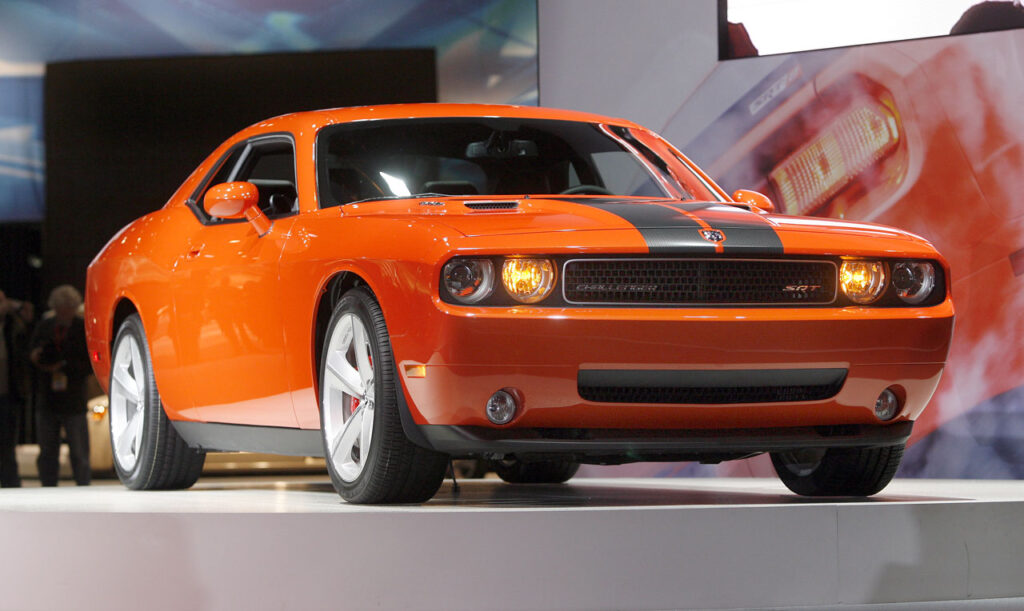
The rebirth of the Challenger brought classic muscle car aesthetics back to life with modern performance and technology, reigniting interest in the muscle car era and contributing to the retro design trend.
2009 Kia Soul

The Soul stood out with its unique boxy design and customizable options, appealing to a younger demographic. It was a sales success and helped redefine Kia’s brand image as trendy and youth-oriented.
2000 Toyota Celica
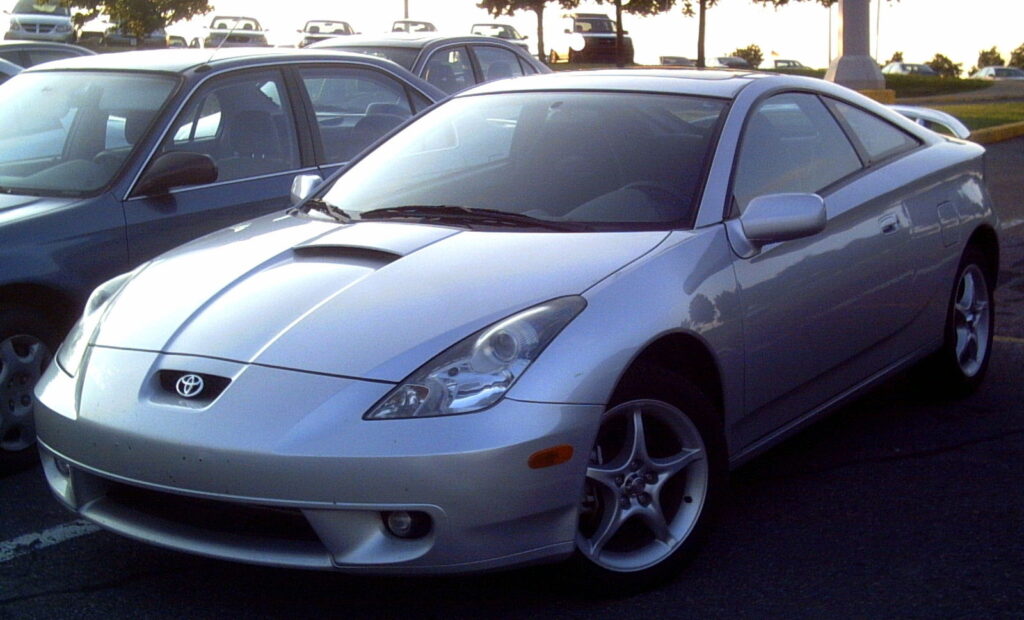
Launched at the beginning of the millennium, the new Celica featured a radical design and was aimed at bringing a younger audience to Toyota’s showrooms. It offered sporty handling and a rev-happy engine, making it a popular choice among enthusiasts.
This article originally appeared on MyCarMakesNoise.
More from MyCarMakesNoise
Exploring the Most Badge-Engineered Cars Ever
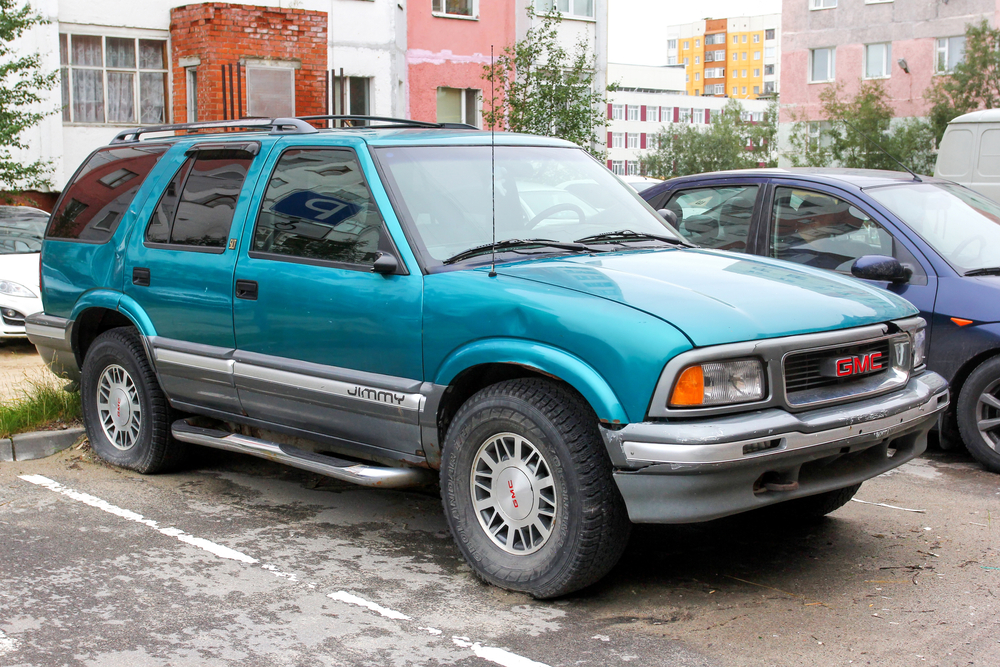
From economic tactics to global expansions, this article explores the most notable badge-engineered cars and the stories behind their shared identities. Read more.
The Coolest Tri-Wheelers on the Road
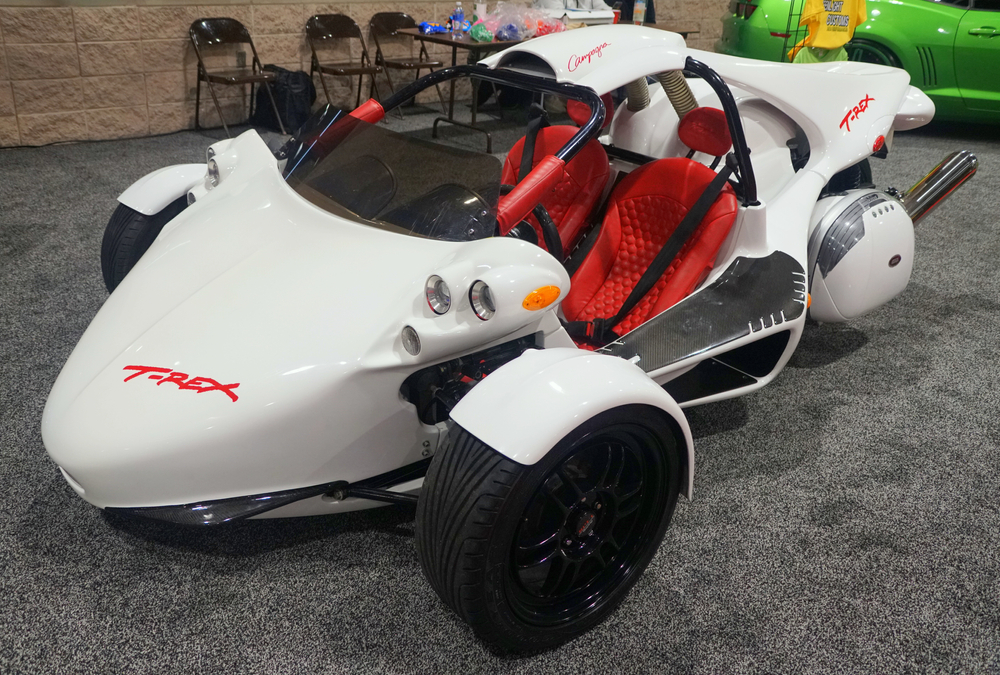
Whether you’re an auto enthusiast craving something different or a casual observer intrigued by their peculiar design, these quirky machines will surely capture your interest. Read More.
The Best Cars Engineered for Maximum Survival
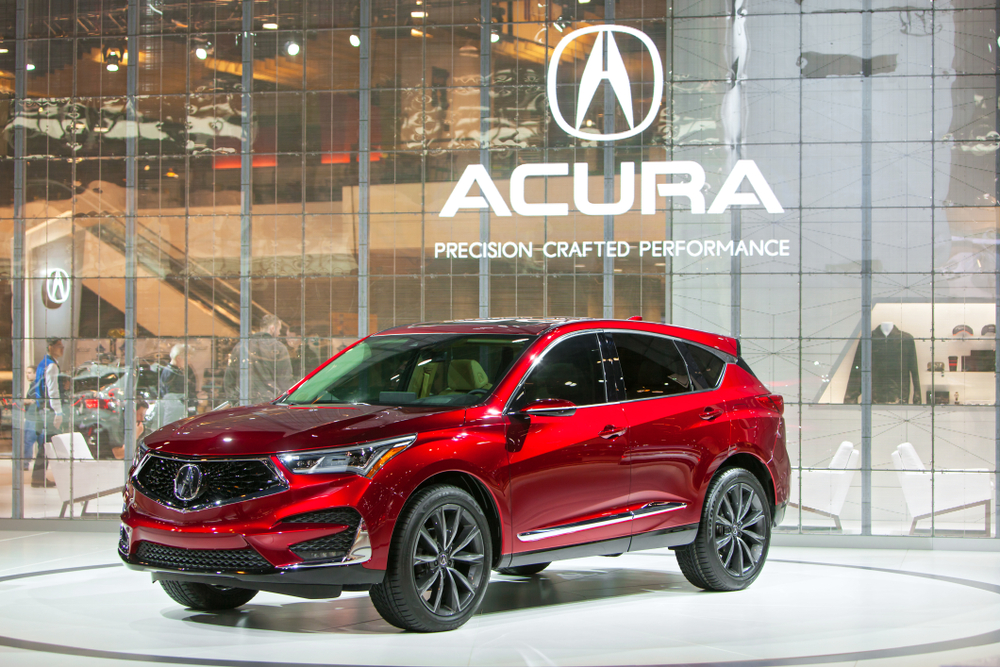
From impeccable structural designs to intelligent, responsive systems, this article spotlights the marvels of modern engineering that prioritize your safety above all. Read More.

